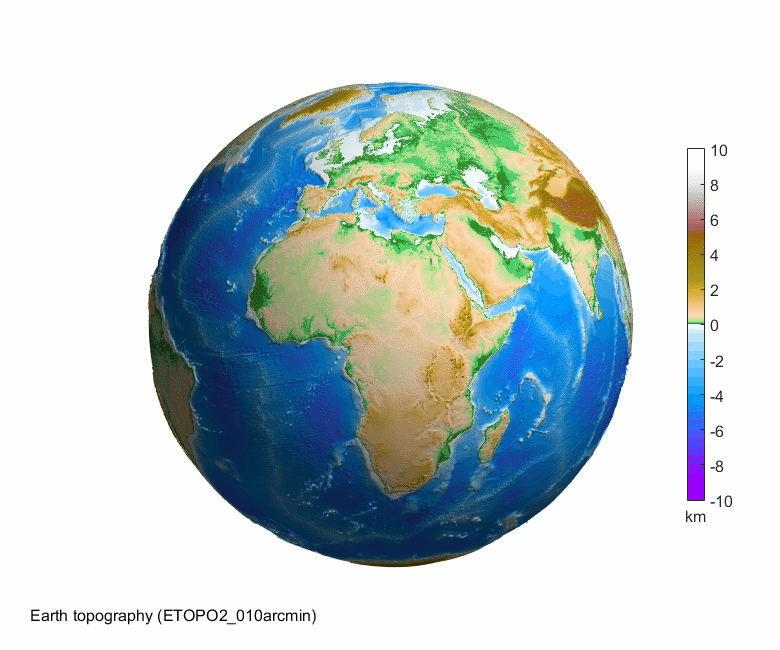General Earth Sciences – 地球科學
Earth Sciences (geology)
It is the study of the Earth planet, its composition, origin and evolution.
Earth science includes the study of the solid earth (crust, mantle and core) and its interaction with the atmosphere, the hydrosphere, including the oceans, the universe and the biosphere and usually uses tools from physics, chemistry, biology, and mathematics to build a quantitative understanding of how Earth systems work.
Rock-forming Minerals
Properties of minerals: Minerals by Physical and Optical Properties
Classes of minerals: Minerals Arranged by the Dana Classification
Minerals: organized by Chemical Composition and by Crystallography and Crystal Form
Handbook of Mineralogy by Mineralogical Society of America:
Gemology links:
GEMDTA: online gemmological information
GIA: the Gemological Institute of America is the world’s foremost authority on diamonds, colored stones, and pearls.
The Gemology Project: a gemstone and gem science database for anyone interested in gemstones and gemology.
International Colored Stone Association
Mineralogy links:
WEBMINERAL: individual mineral species descriptions with links and a comprehensive image library.
MINDAT: information about minerals, their properties and where they are found.
Mineral Resources On-Line Spatial Data – Interactive maps and downloadable data for regional and global Geology, Geochemistry, Geophysics, and Mineral Resources from the USGS.
Geological Cycle
The geological cycle refers to the diverse set of natural processes that lead to the formation and transformation of igneous, sedimentary, and metamorphic rocks: Rock Cycle Processes.
Tectonic Plates – 板塊運動
The theory of plate tectonics states that earth ‘s lithosphere is composed of a mosaic of rigid plates that are in relative motion. It was the geologist and meteorologist Alfred Wegener (1880-1930) who first proposed the Theory of continental drift.
Earthquakes (地震), Volcanic Activities (火山) and Tsunamis (海啸)Hydrothermal vents
What are deep-sea hydrothermal vents? – O que são fontes hidrotermais oceânicas
Petrology - Type of Rocks
Magmatic or Igneous Rocks – are formed from the solidification of molten rock material. There are 2 types. Intrusive igneous rocks crystallize below Earth’s surface, and the slow cooling that occurs there allows large crystals to form and Extrusive igneous rocks erupt onto the surface, where they cool quickly to form small crystals. Some cool so quickly that they form an amorphous glass. More Info here
Sedimentary Rocks – are formed by the accumulation of sediments. There are 3 types of sedimentary rocks: Clastic or sedimentary rocks, Chemical rocks, and Organic (Biogenic) rocks. More info here
Metamorphic Rocks – are rocks that have been modified by heat, pressure, and chemical processes, usually while buried deep below Earth’s surface. Exposure to these extreme conditions has altered the mineralogy, texture, and chemical composition of the rocks. There are 2 types of metamorphic rocks. Foliated rocks (consequence of regional metamorphism – generationg layered or banded textures – produced by exposure to heat and directed pressure), and Non-foliated rocks (consequence of contact metamorphism – generation non-layered textures – usualy formed by the contact of igneous intrusions where the temperatures are high but the pressures are relatively low and equal in all directions – confining pressure). More info here
Petrology Databases
GEOROC – Geochemistry of Rocks of the Oceans and Continents – data systems and services for geochemical, geochronological, and petrological data (developed and maintained by EarthChem, including the EarthChem Library, the EarthChem Portal, PetDB, NAVDAT, SedDB, and Geochron). The database is a comprehensive collection of published analyses of volcanic rocks and mantle xenoliths. It contains major and trace element concentrations, radiogenic and nonradiogenic isotope ratios as well as analytical ages for whole rocks, glasses, minerals and inclusions.
GERM – Geochemical Earth Reference Model – database containing a chemical characterization of the Earth, its major reservoirs and the fluxes between them.
IGBA – Igneous data Base – Global Database in Igneous Petrology.
IGPET – is a suite of applications by Michael Carr for PC and Mac to manipulate and plot geochemical data.
PetDB database – is a global synthesis of chemical, isotopic, and mineralogical data for rocks, minerals, and melt inclusions.
PETROS – Worldwide Databank of Major Element Chemical Analyses of Igneous Rocks – data bank of major element chemical analyses of igneous rocks compiled for research and teaching purposes
Geological time scale
Chronostratigraphic Chart – Tabela cronoestratigráfica: Click here (PDF or JPG) to download the latest version (v2016/04) of the International Chronostratigraphic Chart. you can find other versions or diferent stratigraphic charts in the International Commission on Stratigraphy site
Cosmic calendar – Calendar cósmico: is a table where the chronology of the universe is easely observed. The 13.7 billion year lifetime of the universe is mapped onto a single year. At this scale the Big Bang takes place on January 1 at midnight, the current time is December 31 at midnight here
Geology of Macao – 澳門的地質
Igneous rocks from Macao
Tectonic evolution of Macao
Geological history of Macao
Geology of Hong Kong – 香港地質
Maps
GMRT – Global Multi-Resolution Topography Data Synthesis is a multi-resolutional compilation of edited multibeam sonar data
Interactive Map of Earth: information about Weather, Ocean Currents, Temperature, Ocean Waves, Aerosols and Pollutants concentration, etc.
Natural Hazards
Natural Hazards by USGS
Natural Hazards Data, Images and Education by NOAA
Natural Hazards Interactive Map from NOAA
Natural Hazards KMZ file – Google maps interactive map
A Review of Natural Disasters of the Past in Hong Kong – The Hong Kong Observatory

